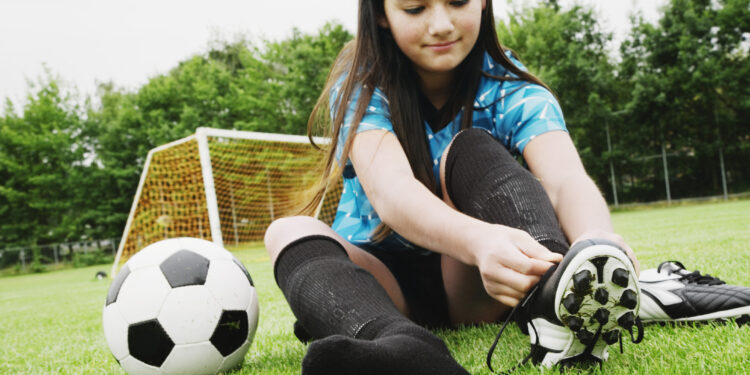Quality soccer shoes do much more than keep children moving rapidly around the pitch. A vigorous sport with various playing surfaces necessitates the use of shoes that keep their feet supported, safe and pleasant throughout the season.
However, it is critical to recognize that childhood is one of the essential phases of life. At this time, the character is formed, and the primary personality traits are identified.
The soccer gear market is complicated, and there are many aspects you should know before purchasing the finest soccer cleats for you. Because they are the most adaptable, most young players are recommended to acquire a normal solid ground shoe and an alternate for indoor play. Once you’ve determined which pair (or pairs) are necessary for their season, you’ll want to cross a few items off your soccer shoe list. This may entail selecting high-quality materials, a supporting structure, and an appropriate ankle profile.
8 Mistakes to avoid while selecting a sport for your child
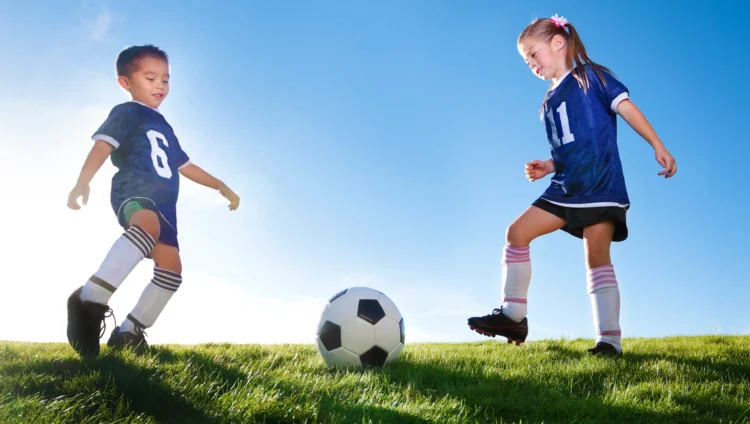
Making errors with children is natural, especially with the firstborn. Teaching-learning and Parenting processes need experience, and mistakes teach us new things. It’s tough to say which is the greatest because every soccer player has tasted it in terms of feel, upper, stud pattern, etc.
So, the goal is to assist you in locating the soccer shoes that work best for you and meet your needs. One of the most common errors to avoid when selecting a sport for your child is judging them. This is a typical error that influences not only the child’s decisions but also their emotional state. If a boy wishes to participate in a ‘feminine’ sport, he would most certainly be chastised and limited in his options. The same might be said when a girl participates in typically masculine sports.
1. Using their friends’ motivation to persuade them to follow them
Most youngsters thrive at socialization and are likely to have pals all over the place. More than one person in that group will be participating in a sport, and some of these practices will likely appeal to your youngster. However, don’t try to coerce your youngster into doing things simply because a buddy does.
2. Ignoring your child’s preferences and dislikes
Children’s likes and dislikes are one of the most significant components of their life, and they can communicate what they want to do and what they don’t want to do from an early age.
However, it is typical for parents to ignore their children’s preferences and sentiments on several occasions. As a result, attempt to understand how children’s true interests affect their growth. Also, keep in mind that these options might shift dramatically over time.
3. Identifying a viable sports alternative
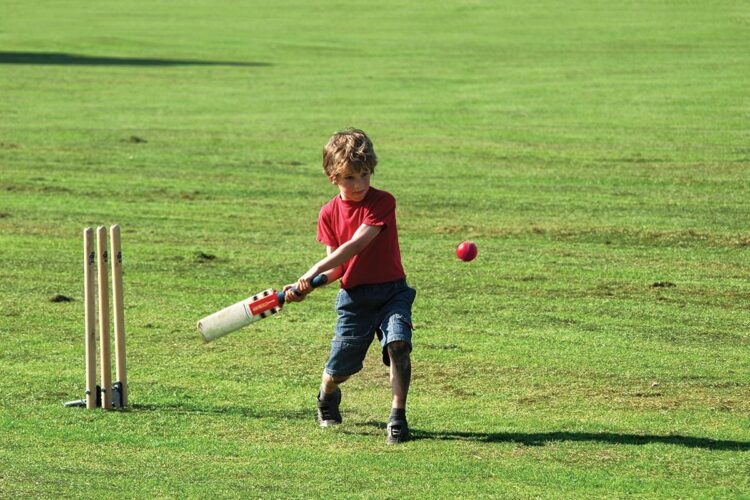
Although it may appear overblown or out of touch with reality, many parents regard their children as a commercial opportunity. As a result, they attempt to utilize their abilities and push them to participate in a specialized sport from an early age. But not for health reasons but for future economic advantage. A peer doing it will most likely push them to give it a shot. However, your decision should be fully independent and devoid of any compulsion on your side.
4. Make your youngster participate in sports.
The obligation is the most crucial of the faults to avoid. Not just while picking a sport, but with any form of activity. An obliged youngster is more likely to grow up to be a disappointed and unhappy adult. Remember that children should have pleasure and love what they do for physical and psychological growth.
5. Identifying a viable sports alternative
Although it may appear overblown or out of touch with reality, many parents regard their children as a commercial opportunity. As a result, they attempt to utilize their abilities and push them to participate in a specialized sport from an early age. But not for health reasons but for future economic advantage. This behavior is morally bankrupt in addition to being a mistake. Your child should not participate in a ‘profitable’ activity if they do not want to, let alone be viewed as a financial answer. Take care!
6. Purchasing shoes that do not have a fastener
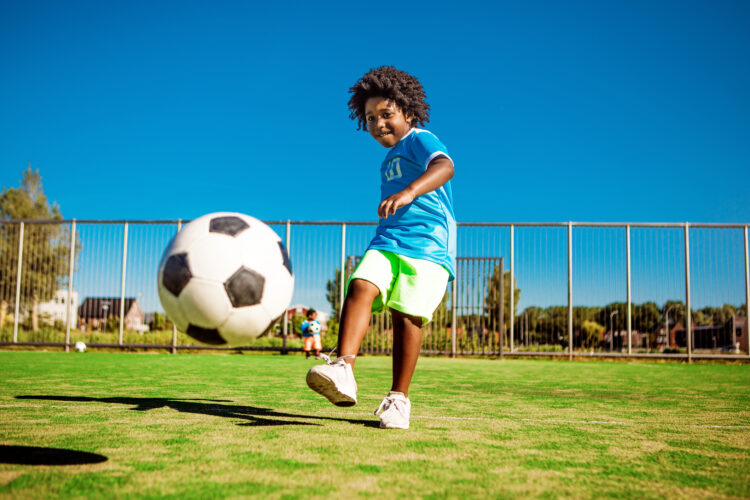
Slippers and slip-on, which do not have a fastening over the ankle, do not give the stability your child requires when playing and running. With no fastening, your child will tend to grasp onto the shoes with their toes to keep them from falling off, inflicting excessive pressure on them and perhaps leading to claw toes.
7. Purchasing shoes that are too large for the game
Boys outgrow shoes rapidly; parents are sometimes forced to buy shoes that are two sizes to three sizes too big to save Money and avoid making several journeys to the store. However, wearing shoes that are too wide can allow your child’s foot to move around in the shoe and the heel to come off, increasing the danger of tripping and falling.
8. Purchasing fashionable shoes
High heels, loafers, Ballet flats, and other high fashion footwear are charming, but they are not appropriate for young children who have started playing.
Ballet flats are often narrow in shape and may create abrasions on the sides of the foot, but high heels may encourage children to walk on the tips of their toes, causing their calf muscles to contract with time. It is preferable to get one pair of nice shoes for regular wear and one pair of trendy shoes for special occasions.
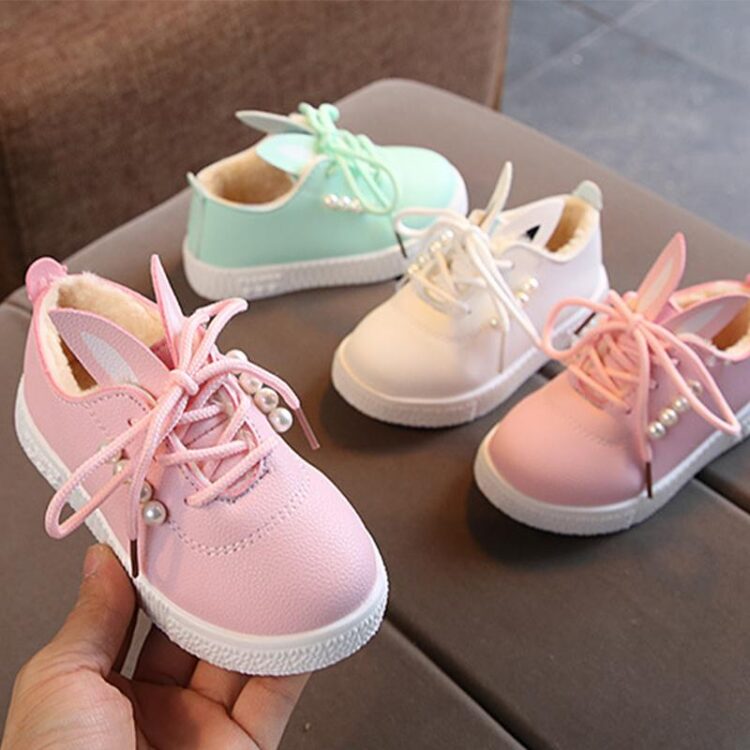
Conclusion
Avoid making errors by being their guide. Your primary duty as parents in selecting a sport or activity for your child is to be their guide. It does not know everything but gives them the drive and continual support they require.

